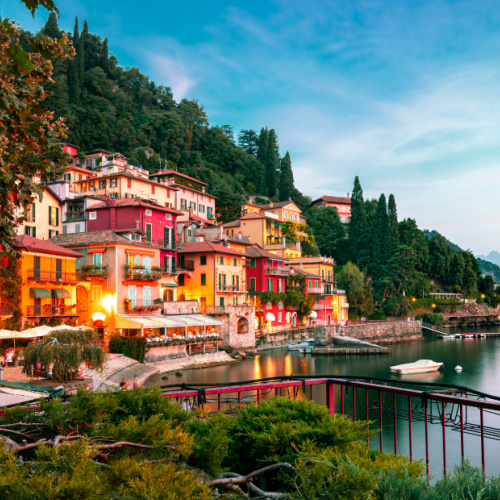Italian summers are typically hot and sunny, especially in the southern regions and along the coast, with temperatures often exceeding 30°C (86°F). This season is ideal for beach holidays, exploring the countryside, and visiting historical sites. Northern Italy, including the Alps, experiences milder temperatures but can still be warm. Summer is characterized by long days of sunshine, making it a popular time for tourists.
- All
- Albania
- Amsterdam
- Austria
- Belarus
- Belgium
- Bosnia
- Croatia
- Cyprus
- Denmark
- England
- Finland
- France
- Germany
- Greece
- Greenland
- Hungary
- Iceland
- Ireland
- Israel
- Italy
- Kosovo
- Luxembourg
- Malta
- Monaco
- Norway
- Poland
- Portugal
- Prague
- Romania
- Scandinavia
- Scotland
- Slovenia
- Spain
- Sweden
- Switzerland
- The Netherlands
- Ukraine
- More

Why Visit Italy?
Italy, a Mediterranean nation in Southern Europe, is celebrated for its rich history, unparalleled cultural heritage, and exquisite cuisine. The capital city, Rome, stands as a testament to the ancient world, featuring iconic landmarks like the Colosseum, the Roman Forum, and Vatican City.
Italy’s natural beauty is epitomized by its diverse landscapes, from the stunning Amalfi Coast to the romantic canals of Venice, and the towering peaks of the Italian Alps. The country’s historical significance is profound, as the birthplace of the Roman Empire, Renaissance art, and influential figures like Leonardo da Vinci and Michelangelo.





